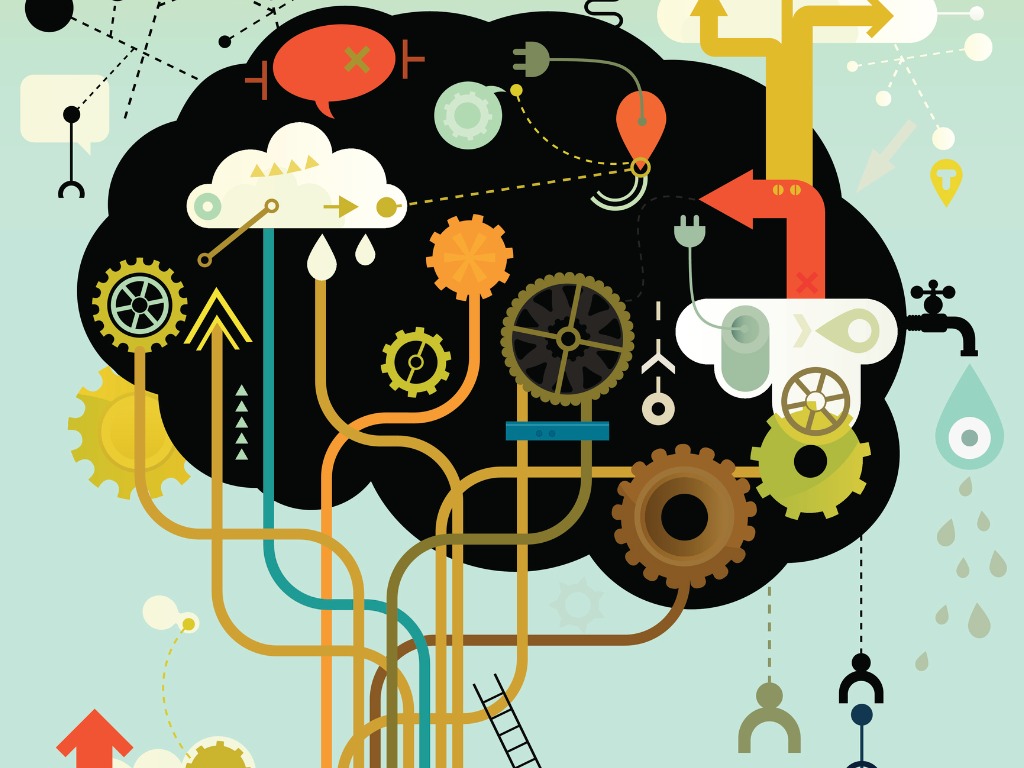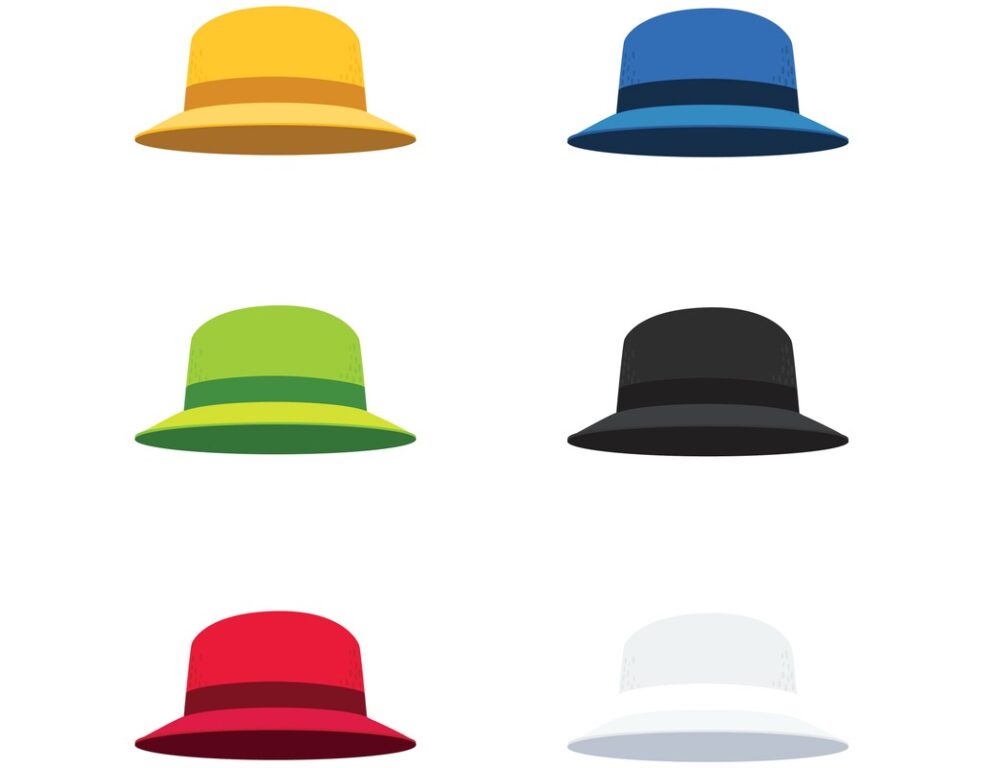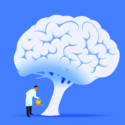
Great critical thinking skills help us to solve the many problems and challenges that we face daily, explains Cathy Harris
Our profession has evolved from being transactional robots to C-suite strategic business partners. We align our soft skills, experiences, and tenacity with high-level leadership to the executives of organizations across the globe, whom we influence and support daily.
One of the essential skills in ensuring we future-proof ourselves as Assistants is critical thinking. We often see this as a skill only attributed to highly qualified executives; however, as time has proven and as our profession advances, this is a skill we all need to level up on to remain relevant and resilient.
What Is Critical Thinking?
The Oxford Dictionary explains it as “the objective analysis and evaluation of an issue in order to form a sound judgement.”
When we respond to a situation where a decision needs to be made, we need to consider the consequences, outcomes, or effects our decisions may have on projects, our executives, our relationships, our careers, or even our finances. With life-changing decisions, it could have either a small impact with low pain, or a big impact with lasting consequences.
And if we make a mistake, both instances provide us with an opportunity, expensive or not, from which we may learn. I am sure we can all relate to that.
Why Should We Nurture This Skill and Put into Practice?
Critical thinking promotes creativity and allows us to ask questions, which is key to getting clarity on tasks. Asking questions allows us to obtain more details for a project, explore and listen to different viewpoints, and seek a deeper understanding of the tasks, their complexity, and the required outcome needed for success. Asking questions is key to critical thinking; as I always say, there is no such thing as a stupid question.
Critical thinking fosters diversity, as it allows you to gain perspectives on the opinions of others, with an open mind. Teams with diverse backgrounds experience enhanced critical thinking because the team effort encourages us to be mindful of diversity and fosters collaboration and open discussions, exposing each member of the group to varied viewpoints.
I must stress that you need to have a mature mindset and a high level of emotional intelligence (EI) to adapt to this kind of diversity. If you are not mature in your EI, you will find it hard to adapt and accept different views and opinions. Try to view every opportunity like this as one which will provide the training ground to level up on ensuring a business partner mindset.
Challenge Assumptions
I have noticed that one great attribute my executive has is the ability to challenge assumptions. He never takes anything at face value and always suggests alternative solutions for a more effective outcome. He encourages and creates spaces where ideas and solutions are welcomed and allows for everyone to give their input and perspectives before reaching a consensus which is best for the business. As Assistants, we need to recognize this awesome trait in our leaders and adapt these to our own skillsets.
Great critical thinking skills also help us to solve the many problems and challenges that we face daily. For example, when we navigate a problematic and highly intense executive diary, where we need to negotiate and at the same time think about the decisions we are making on behalf of our executives and the consequences, we need to question whether we have taken everything and everyone into account when moving, changing, or rescheduling an event in the diary. We must initiate opportunities that will encourage us to analyze complex situations and propose workable solutions.
Always remember that fostering a critical thinking mindset is an ongoing process that requires consistent effort, an active mindset of thinking and being proactive, and seeking support from your executive when you feel unsure.
Emotional Intelligence and Critical Thinking
When we consider EI as part of our critical thinking development, there are factors which we need to evaluate to first understand our own emotions and how we react, or don’t react, to situations. Being self-aware helps you to recognize the triggers that could be harmful and the emotions and thought patterns that need to be processed before making bad decisions or acting irrationally. Being self-aware will allow you to be more objective and less impulsive in saying or doing something that will have consequences later down the line.
Emotional regulation is an effective communication and collaborative skill when it comes to developing critical thinking and complements your cognitive skills, fostering a holistic approach to decision-making.
What Is the Quality of Your Critical Thinking?
Many of us live and work in an extremely fast-paced environment where everything is “instant,” where our minds move from reading a book to texting, to listening to podcasts or music, to sitting in meetings with overly long conversations and where decisions are not being made quick enough. The pressures of life will affect our critical thinking and will steal our ability to focus adequately and consciously on tasks that need more thought, rather than finishing them as quickly as possible and hoping for the best outcome. This real-life scenario provides a wonderful training ground and opportunity to level up and set yourself apart as an Assistant for the future, taking time to think through first before making a decision.
The Six Thinking Hats
You may have heard about Edward de Bono’s Six Thinking Hats. If not, here is my take on a method which has always been particularly useful to me when confronted with complex and challenging tasks. Each thinking hat represents one style of thinking. Try “wearing” different hats and look at the decision to be made through the lens of each hat.

The white hat
The white hat focuses on what information you need. It is the gathering of as much information as you can, from data to costings, from people to places, venues, and content requirements. It is researching and compiling a hub of information.
The black hat
The blackhat is a hat of caution. Here you need to consider any negative results or outcomes that may present themselves when navigating your task.
The green hat
The green hat can be seen as an open field of creativity and exploration where ideas and solutions can grow out of healthy collaboration.
The red hat
The redhat is where you are alerted to keep your emotions in check and to consider how others may or may not feel or react within the team effort. When wearing the red hat, we need to be mindful of culture and diversity and ensure inclusivity.
The yellow hat
The yellowhat represents sunshine, which is positive and warm and conveys a spirit of good things and happy vibes that has everyone involved and participating and showcases thinking of all the positives that will come out of a decision or discussion.
The blue hat
The blue hat represents processes, following procedures, ensuring compliance and overall management of a decision which needs to be put into place.
I leave you with this quote from Richard Paul, the author of Critical Thinking:
“Everyone thinks; it is our nature to do so. But much of our thinking, left to itself, is biased, distorted, partial, uninformed, or downright prejudiced. Yet the quality of our life and that of what we produce, make or build depends precisely on the quality of our thoughts.”








